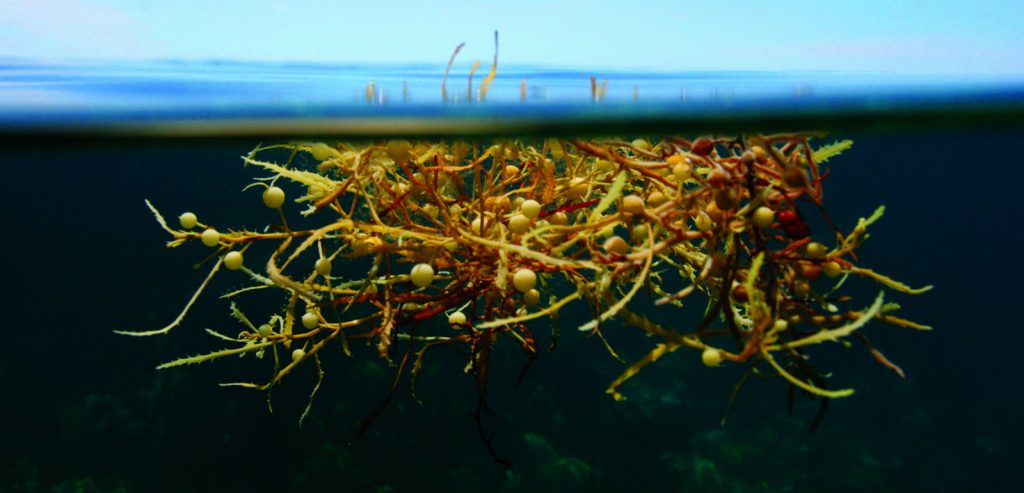Floating freely and reproducing vegetatively on the high seas, a genus of free-floating seaweed called Sargassum, ‘holopelagi.’ flourishes. A wide variety of prokaryotic life, home and shelter to vast aquatic species, a virtual garden of Eden, first referenced through a poem by the late 4th-century author Rufus Festus Avienus, and later by 15th-century Portuguese explorations, through this remarkable seaweed the Sargasso Sea became to be known.

The Sargasso Sea, “the Sea without shores,” deep blue with exceptional clarity, only here and no where else, in the middle of the Atlantic, lying within the “Northern Atlantic Subtropical Gyre.” 700 statute miles wide/1,107 km and 2,000 statute miles/3,200 km long, a literal whirlpool between four major Atlantic Ocean currents and overlap to the infamous Bermuda Triangle.
Rosalie, a large french merchant ship built in 1838, from 222 tons of timber set sail from Hamburg Germany to the shores of Havannah, Cuba. The cargo, composed of wines, fruits, silks, and was of, very considerable value. All went went well sailing the high seas, until they entered the far reaches of the Sargasso Sea.
Bermuda, 27th of August 1840 – “A singular fact has taken place within the last few days. A large French vessel, bound from Hamburgh to the Havannah, was met by one of our small coasters, and was discovered to be completely abandoned. The greater part of her sails were set, and she did not appear to have sustained any damage. The cargo, composed of wines, fruits, silks, &c., was of, very considerable value, and was in a most perfect condition. The captain’s papers were all secure in their proper place. The soundings gave three feet of water in the hold, but there was no leak whatever. The only living beings found on board were a cat, some fowls, and several canaries half dead with hunger. The cabins of the officers and passengers were very elegantly furnished, and everything indicated that they had been only recently deserted. In one of them were found several articles belonging to a lady’s toilet, together with a quantity of ladies’ wearing apparel thrown hastily aside, but not a human being was to be found on board. The vessel, which must have been left within a very few hours, contained several bales of goods addressed to different merchants in Havannah. She is very large, recently built, and called the Rosalie. Of her crew no intelligence has been received.” (Times (London), November 6, 1840, p. 6, col. 3.)

